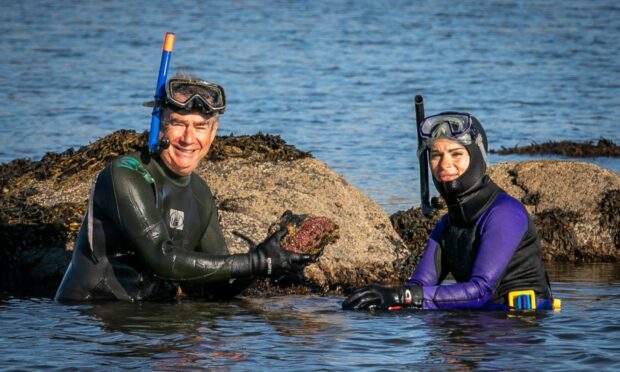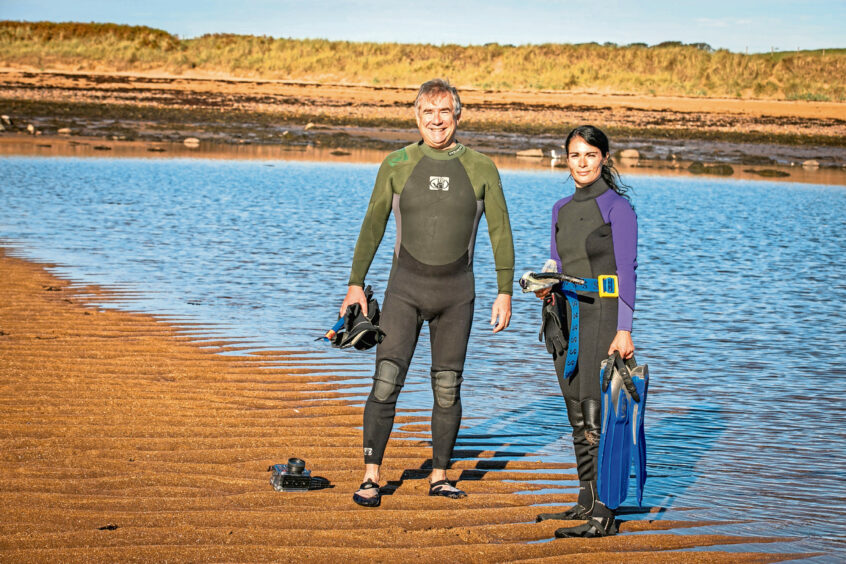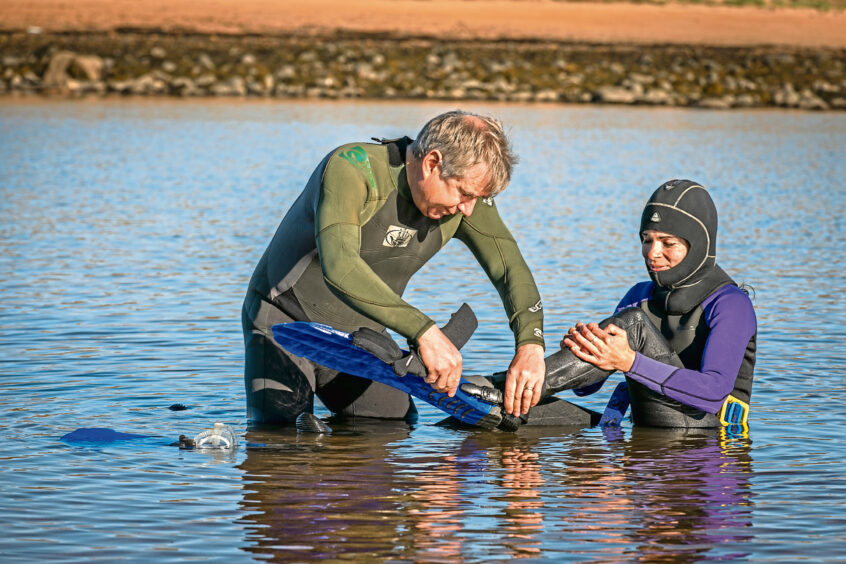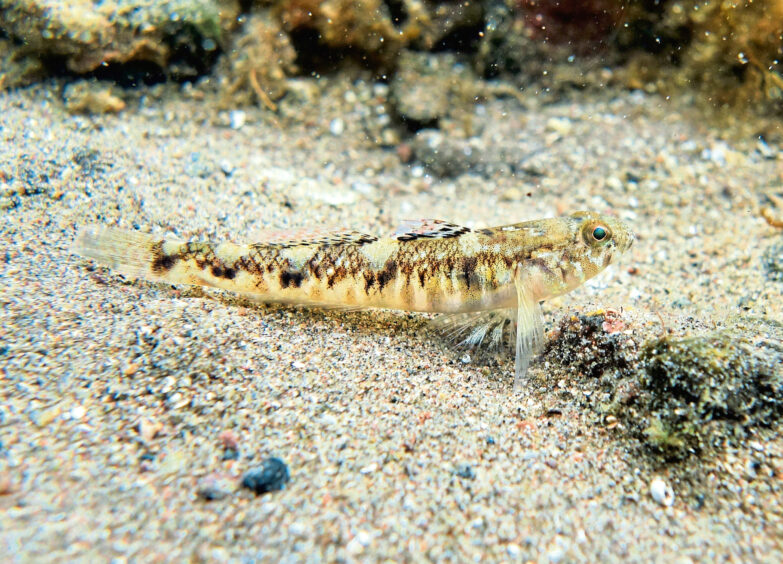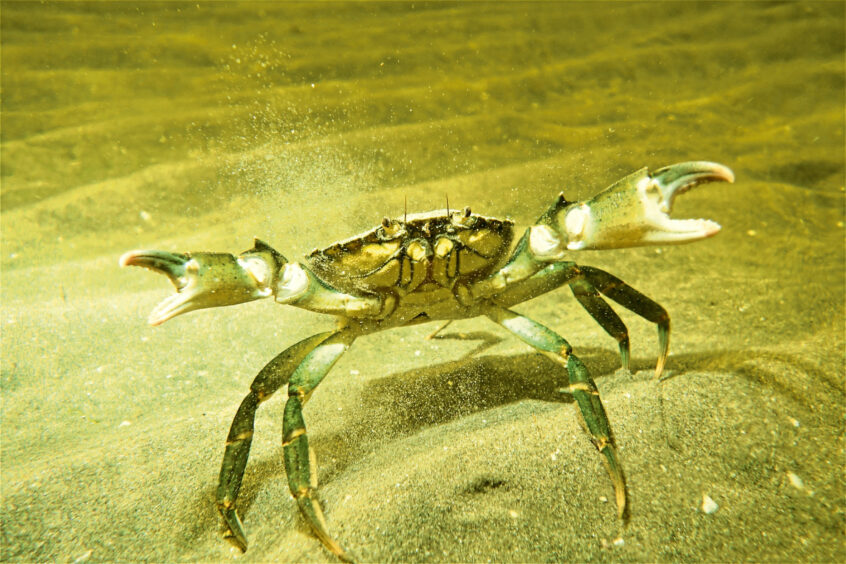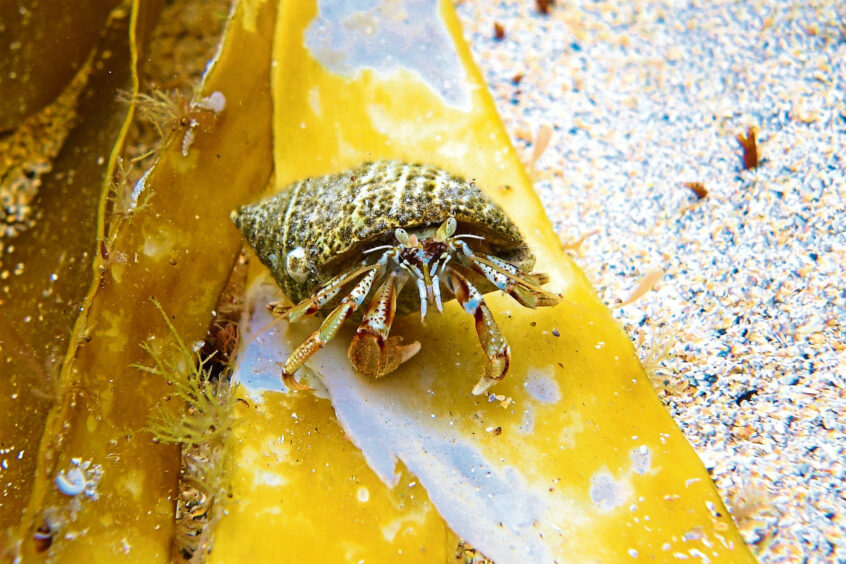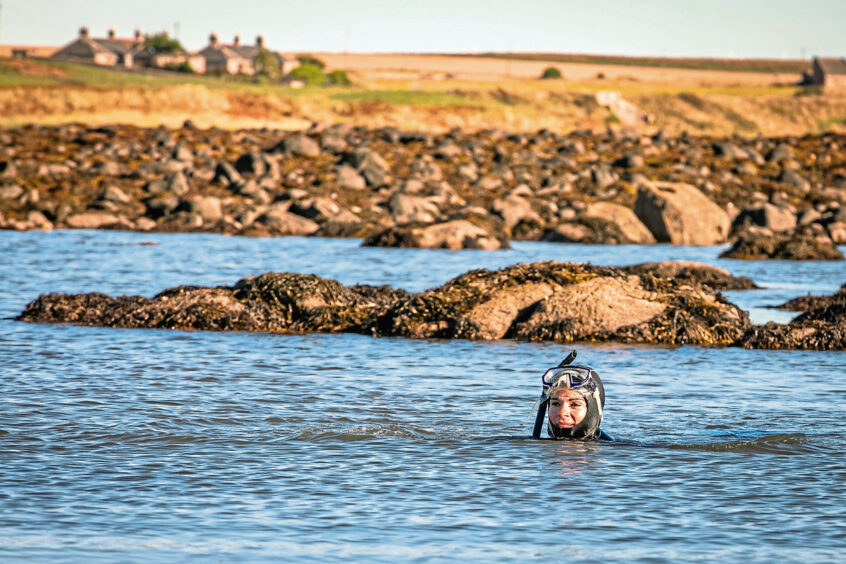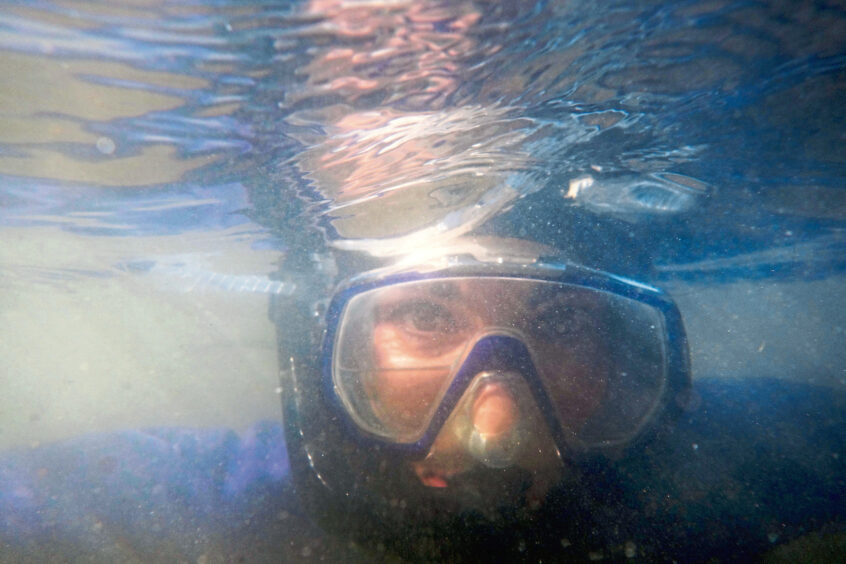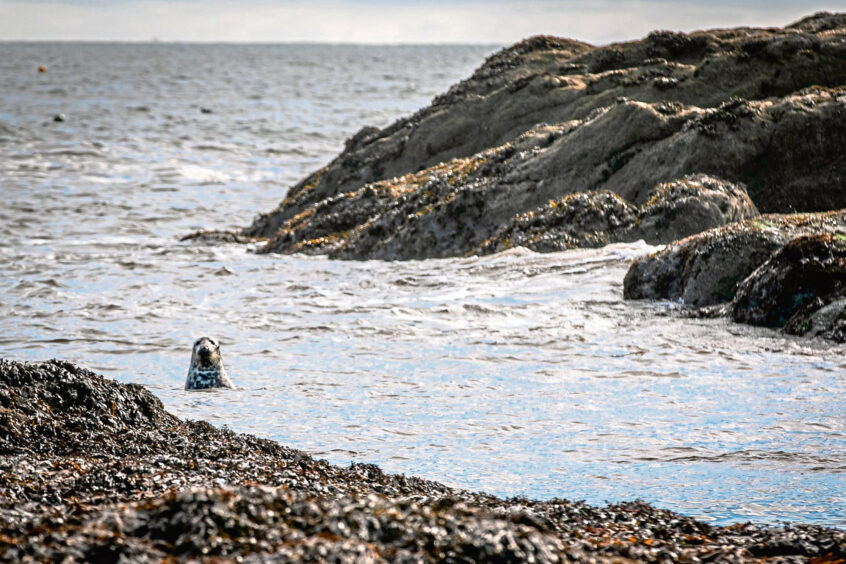Gayle discovers a magical underwater world in the East Neuk when she goes snorkelling with nature writer Keith Broomfield.
An aquamarine sea sparkles in the sunlight and there’s barely a cloud in the sky when I arrive in the East Neuk.
It might be October but it feels like a last chance at summer.
I’ve turned up at gorgeous Ruby Bay in Elie for a snorkelling session with nature writer Keith Broomfield and as luck would have it we’ve chosen a brilliantly sunny, calm morning.
Torrential rain and wild winds had battered the region the previous day and as a result, the water is a wee bit cloudy.
That, however, doesn’t dampen our enthusiasm to discover what curious creatures lurk beneath the waves.
It’s an absolutely glorious spot, in the shadow of the ruins of Lady’s Tower, built in the 1770s as a summer house for Lady Janet Anstruther of Elie, and with stunning views of Bass Rock and the Isle of May.
Keith is a huge fan of snorkelling and often shares his adventures enjoying the underwater activity in his Weekend magazine columns. A recent expedition to the Hebridean island of Harris saw him snorkelling alongside jellyfish, sea squirts, sponges and lobsters in a kelp forest.
Unsurprisingly, Keith boasts all the necessary kit – a thick 4mm wetsuit, perfect for swimming through the colder months, and a hood, gloves, boots, flippers, mask and snorkel.
I’ve got my own wetsuit but it’s a rather cheap, ill-fitting, 2mm (just about OK for summer) affair.
The sea at this time of year might be “warm” – Keith reckons it’s about 12C – but if you don’t move around much you can get cold quickly.
“We’ll probably be in for about half an hour,” he says, helping me with my hood, flippers and weight belt (to make me less buoyant and stop me bobbing around uncontrollably) and steering me in the direction of a shallow lagoon.
It’s been a few years since I snorkelled, the last time being in Bali when I was honoured to have two green turtles swimming alongside me, and I feel an initial sense of panic as the mask slides over my face.
“Just relax and breathe slowly through your mouth,” Keith advises.
We start off by shuffling along on our bellies until the water becomes deep enough to swim.
“Have a wee guddle around those rocks,” encourages Keith, heading in the direction of some limpet-clad volcanic boulders protruding out of the water.
Given the fact the water is a tad cloudy, I’m surprised to find so much life here.
I spot some orange and blue fish darting around which Keith informs me are two-spotted gobies. I also spy the slightly less impressive light grey common goby.
I’m amused by the number of hermit crabs I see scuttling along the seabed and do my best not to crush any.
When I come face to face with an enormous green shore crab, his claws raised in defence, I emit an underwater shriek and retreat, fast. I wonder if he heard me?
Coming up for air, Keith shows me a huge rock he’s picked up covered in what looks like red coral.
“This is a pink encrusting coralline algae, which is hard to the touch and incredibly beautiful when seen up close,” he says.
He also finds crabs galore and sand eels, which are fantastic for the ecosystem, supplying food to commercial fish species and seabirds galore, including puffins and guillemots.
When Keith’s snorkelled here previously, he’s found lobsters, pipefish (which are from the same family as seahorses) and been given a fair few frights by flounders torpedoing ahead of him as he’s inadvertently disturbed them.
“Intertidal zones are so rich in life with sea creatures in abundance,” he says.
“When the water is clear, snorkelling can be absolutely spellbinding.
“The best time to do it is during low tide in mid to late summer after a long, settled spell of weather.
“The less sediment that’s been swept around, the clearer the water will be and the more marine life you’ll see.
“It’s a good idea to invest in a quality wetsuit that’s at least 4mm thick and if you want to do it properly you need gloves, boots, helmet and flippers. A weight belt gives you neutral buoyancy so you don’t bob around.”
Keith is also keen to stress the safety aspects of snorkelling, it being best to snorkel with a partner or have a friend watching from the shore, although he recognises this is not always possible. In such instances, always notify someone where you are snorkelling and the expected time of return
“It’s a bit like mountaineering,” he says. “Snorkel within your limits and keep on checking that you are within easy reach of the shore.
“But guddling around in the shallows, even in October, is such an enjoyable activity. It’s like entering a different world and the diversity of creatures that can be seen is mind-boggling and never fails to amaze.”
As we make our way back to dry land, my teeth chattering slightly, we spot a trio of shiny black heads popping out of the water – seals! Just fantastic!
I’m looking forward to having another bash at snorkelling and discovering even more of the North Sea’s marine wonders. October is a good time to give it a go but if you miss this early autumn window, you’re probably best to wait until spring.
Guddling around in the shallows, even in October, is such an enjoyable activity. It’s like entering a different world and the diversity of creatures that can be seen is mind-boggling and never fails to amaze.”
Keith Broomfield
